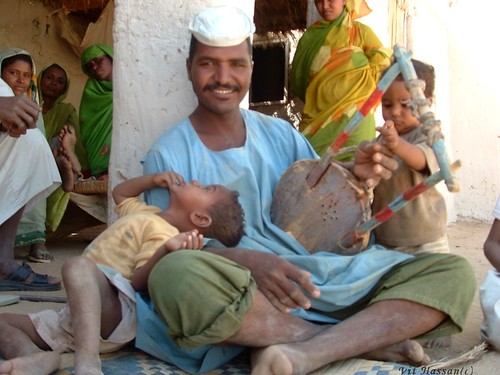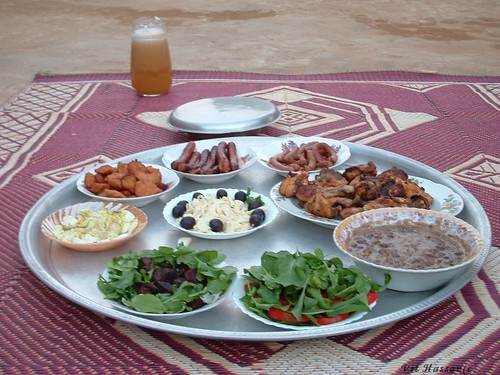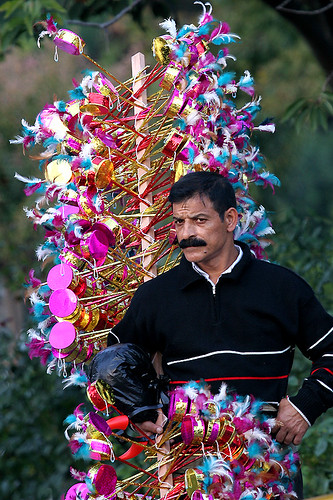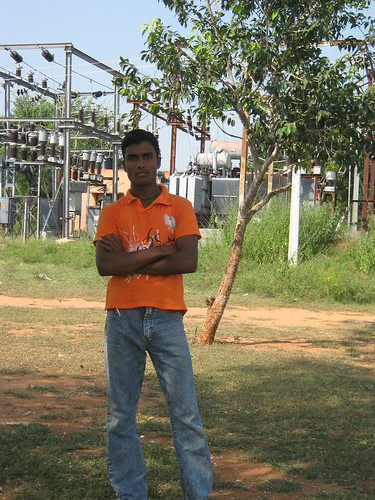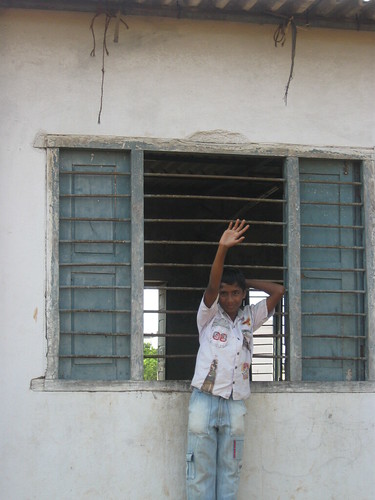The rain has been coming down sporadically in Hyderabad this past week, offering a welcome cool down from the consistent heat. We experienced our second ex-pat Holiday this Thursday, Thanksgiving, and learned that it is possible to make “stuffing” in a frying pan. It is a time for celebration here as well and we have seen many wedding processions and other scenes of public jubilation in the past couple weeks. One happened right outside our apartment, where a small marching band led a well-dressed man on horseback. The band stopped to form a circle around a group of dancing men. The band played on for a while, right in the middle of the street, and the men dancing were all laughing and having a great time. It was quite the scene and definitely made my night. Despite this increase in festivities, public celebrations don’t really seem to be confined to specific holidays here, as we have heard fireworks going off basically every night since arriving in Hyderabad 
The students at both the Nalgonda and Vijayanagar Colony schools are in the middle of two video projects. The first video projects are very close to completion. We are in the final stages of editing, wherein the students line up their video and audio clips on the Final Cut Pro timeline, alter the size and order of the clips and provide any necessary captions or additional effects / music. The students enjoy working on the computers but we are finding that the basic computer knowledge that we take for granted isn’t there for many of the students. In particular, navigating the mouse around the picky Final Cut framework has been a hurdle for many of the kids. These minor roadblocks aside, the students are understanding the fundamentels of editing and what the different functions of Final Cut can do.
For the second videos, the students have completed the pre production phase of brainstorming and writing a story. They are now beginning to film their videos. There will be scenes in a “news room” and scenes “on location” where the students get to the heart of the issues “disease,” “child labor” and “traffic” as it affects their communities. The students are eager to act out these news reporter roles and know an impressive amount about their topics. When we were discussing the disease Malaria, the students rushed me off to their dorm where they fanned out their clothing and bedding to reveal the gathered mosquitoes. They have a definite understanding of how things like dirty streets, untreated water, alcohol and tobacco, and mosquitoes can all lead to different diseases. Looking to the future, we are beginning to plan for the final videos, which will hopefully be a natural extension from the second video projects – they will be a more focused investigative look at specific problems facing the students and their surrounding communities. We think it is important to stress civic engagement in the videos as this enables us to use the technology of a video camera and computer as a means for social change.
The news coming from Mumbai is awful and sad, but it has presented us with an opportunity to engage our students in serious discussion about the specific events of the past week and the issue of these types of crises in general. In our discussion at Vijayanagar Colony, many of the students were quiet or would only offer comments to their classmates in Telugu. Several of the students explained that they were “angry at the terrorists” and “sad for the hostages and victims”. Others made light of the situation, asking us if “we were jealous of the attacks,” as the United States wasn’t experiencing them at the moment. Some of the responses seemed to come by rote, as can be expected since the kids knew no one living in Mumbai and since this kind of attack has sadly become common. I remember hearing news of the September 11th attacks in my Math class in high school. Not knowing anyone in New York and being young and immature, my initial response was farily mute. At the time, only one of my teachers engaged our class about the events, probing our thoughts and feelings. He acknowledged that it is hard to feel strongly for something that does not directly seem to affect your life. But, he explained, it is necessary to understand these things and realize their importance and connection to you no matter how far away they are. Mona and I stressed this idea to the students at Vijayanagar and explained to them that we want them to feel comfortable talking about anything in the classroom (not just digital stories and computers). The students are always excited when we pull out the cameras or do anything on the computers but are less excited at the prospect of a debate or group discussion. With more discussions and other exercises that ask them to express their personal opinions, we hope to change this as much as we can.
The discussion on Mumbai was a kind of warm up activity, something we’ve been trying to have at the beginning of each of our lessons. This past Thursday, we explained to the students the meaning of Thanksgiving in the United States and had them write letters to someone they were thankful for. We gave them envelopes and told them to give the letters to the person they wrote to that night. We heard some updates the following day – the responses to the letters were good. We’ve also used the OLPC XO laptop as a means of communication between the schools. This is exciting for the kids, though inefficent due to the size of the computer and the amount of students attempting to huddle around it for each recorded message. We’re working out new ideas for the XO and will hopefully come up with something soon. Another warmup has been a drum circle at the Nalgonda school, where the boys are very excited to get physical and hammer out a rhythm on their legs, chests, or nearby chairs. The circle so far has consisted of me leading the boys in keeping a rhythm going using our hands and feet. I switch between playing on my legs, chest and clapping and change the pace and timing of the beat to see how well they can follow along. We have also attempted to get the boys to coordinate one side of the class playing one thing while the other side is playing something else. It’s hard to reign the Nalgonda crew in during this warmup, to get them to follow a set beat, but it seems like they enjoy the idea of the drum circle so it’s worth continuing and finding a way to make it work.
A problem we mentioned previously was the rotating roster at both of the schools. At Nalgonda, this has been mostly cleared up as we now have a set list of students. At Vijayanagar we are frequently losing students and having new students replace their positions in the class. As we mentioned, this increases the amount of students exposed to the program but it also threatens the sustainability of the program – if no one knows all of the skills, it will be hard for them to be passed on once the teachers are gone. A way to ensure sustainability is to have teachers from each of the schools sit in during our classes, both to learn the skills themselves and to help with translation when necessary. However, we have not always had these teachers in the classroom and when they are present, their interest in the coursework is sometimes lacking. We have talked to the Nalgonda school about this and are working out ways to get the teachers involved more. A positive step in the sustainability direction is the continued presence of Prithvi, our high school friend helping at Vijayanagar. Prithvi has been coming to many of the classes, helping out with translation and engaging the students. We are trying to get Prithvi to film a digital story about his life but he has been very busy with school (and also a little shy about the idea of a video about himself) so we may have to wait a little for that.
We gave four of the Nalgonda boys a special project to work on outside of class, as they asked us to “challenge” them. The boys are Zakeer, Tabrez, Sami Uddin and Sameer Ahmed. We gave them the task of writing, filming and editing 3 movie trailers (of no more than 1 minute in length each) in the genres of “drama,” “comedy,” and “action”. We thought the trailer format would be a good way for them to practice the skills they’ve learned on the video camera and also in the writing and editing stages as it is a short project but it still requires you to tell a story. We are expecting their written stories and storyboards by the next class (which will unfortunately not be until next weekend as this Monday and Tuesday the boys are in the middle of “testing”). There was some trouble explaining the idea of a trailer to the boys, but we showed them an example we found online and also compared it to advertising on television. We think they have the idea. We will keep you posted on the progress of the trailers, which will hopefully soon make their way onto the blog’s media page.

